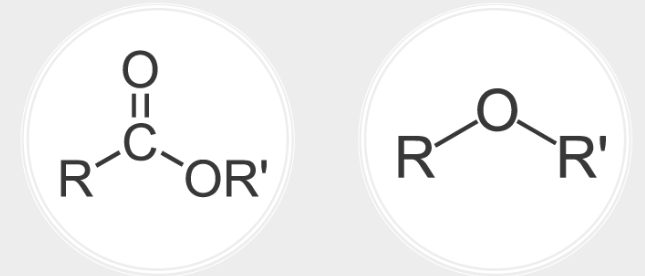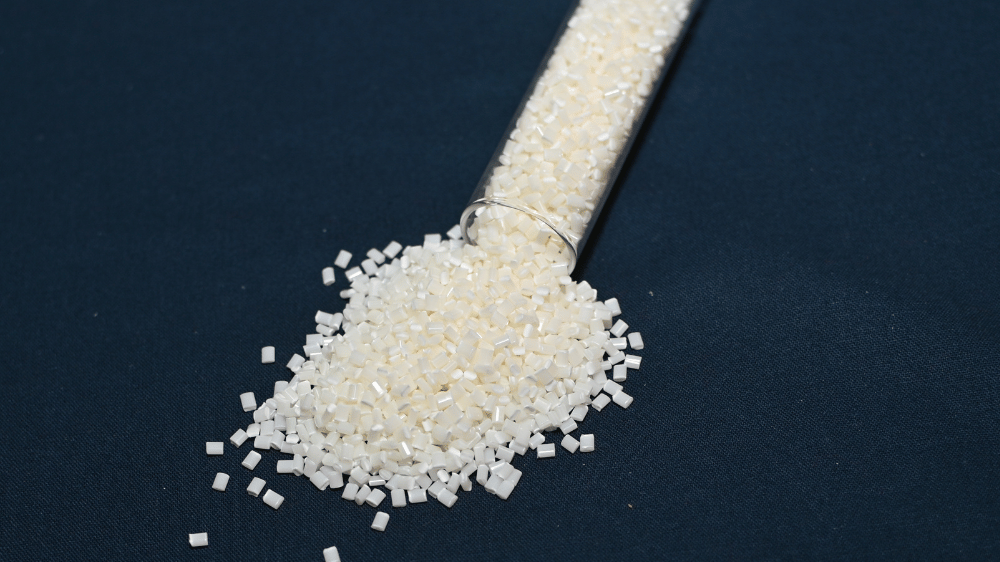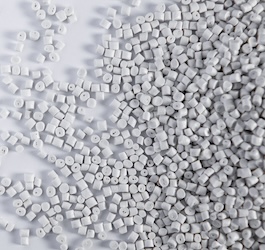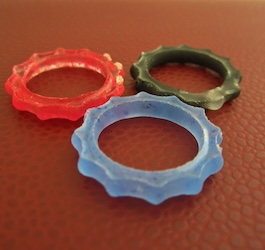The Science and Significance of PET Crystallization
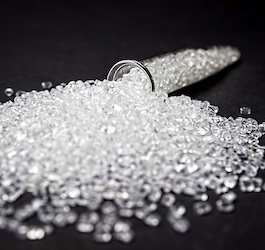
Polyethylene terephthalate (PET) is a versatile polymer widely used in various applications, from packaging materials and textiles to engineering plastics. One of the critical aspects that determine the properties and suitability of PET for specific applications is its crystallization behavior. Crystallization affects the mechanical properties, thermal resistance, and clarity of PET products, making it a focal point of interest for both researchers and manufacturers. This article delves into the crystallization process of PET, exploring its mechanisms, influencing factors, and implications for material performance and application.
Crystallization is the process through which the amorphous regions of a polymer transform into a crystalline structure upon cooling from the melt or during solid-state processing. For PET, this transformation is pivotal in enhancing its mechanical strength, stiffness, and thermal stability, which are essential for many of its applications. The degree of crystallinity in PET can vary significantly, depending on the cooling rate, processing conditions, and the presence of nucleating agents, ultimately influencing the material’s final properties.
The crystallization process in PET can be divided into two main categories: melt crystallization and cold crystallization. Melt crystallization occurs when PET is cooled from its molten state, and the rate of cooling significantly impacts the size and uniformity of the crystallites formed. Rapid cooling tends to inhibit crystallization, leading to an amorphous structure with lower mechanical strength and thermal resistance. Conversely, slow cooling allows for the development of a more ordered crystalline structure, enhancing the material's properties.
Cold crystallization, on the other hand, takes place when amorphous PET, previously cooled rapidly, is reheated to temperatures below its melting point. This process allows the polymer chains to rearrange into a more ordered structure, further improving the material's mechanical and thermal properties. The temperature range within which cold crystallization occurs is critical for processing and applications, as it determines the ease with which the desired degree of crystallinity can be achieved.
Several factors influence the crystallization behavior of PET, including the molecular weight of the polymer, the presence of copolymers or additives, and physical constraints such as orientation during processing. Nucleating agents can also be added to promote crystallization, reduce processing times, and achieve uniform crystallinity, which is particularly beneficial in thin-walled applications where rapid cooling rates are common.
The crystallinity of PET has a profound impact on its application. High crystallinity is sought after in applications requiring excellent mechanical properties and thermal resistance, such as in engineering plastics and microwaveable containers. In contrast, low crystallinity is preferred for applications where clarity and flexibility are paramount, such as in packaging films and bottles.
In conclusion, the crystallization of PET is a complex process that plays a crucial role in determining the polymer’s final properties and suitability for various applications. By understanding and controlling crystallization behavior, manufacturers can tailor the performance of PET products to meet specific requirements, enhancing their functionality and broadening their applicability across industries. The ongoing research and development in this area continue to push the boundaries of PET's capabilities, ensuring its position as one of the most versatile and widely used polymers in the world.





